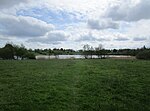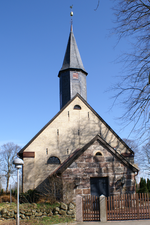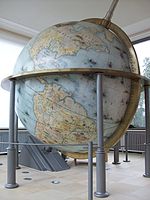Schleswig, Schleswig-Holstein
Pages including recorded pronunciationsPages with German IPASchleswig, Schleswig-HolsteinSchleswig-FlensburgTowns in Schleswig-Holstein

Schleswig (UK: , US: , German: [ˈʃleːsvɪç] ; Danish: Slesvig; South Jutlandic: Sljasvig; Low German: Sleswig) is a town in the northeastern part of Schleswig-Holstein, Germany. It is the capital of the Kreis (district) Schleswig-Flensburg. It has a population of about 27,000, the main industries being leather and food processing. It takes its name from the Schlei, an inlet of the Baltic sea at the end of which it sits, and vik or vig which means "bay" in Old Norse and Danish. Schleswig or Slesvig therefore means "bay of the Schlei".
Excerpt from the Wikipedia article Schleswig, Schleswig-Holstein (License: CC BY-SA 3.0, Authors, Images).Schleswig, Schleswig-Holstein
Bismarckstraße,
Geographical coordinates (GPS) Address Nearby Places Show on map
Geographical coordinates (GPS)
| Latitude | Longitude |
|---|---|
| N 54.518611111111 ° | E 9.5652777777778 ° |
Address
Bismarckstraße 12a
24837 , Altstadt
Schleswig-Holstein, Germany
Open on Google Maps










